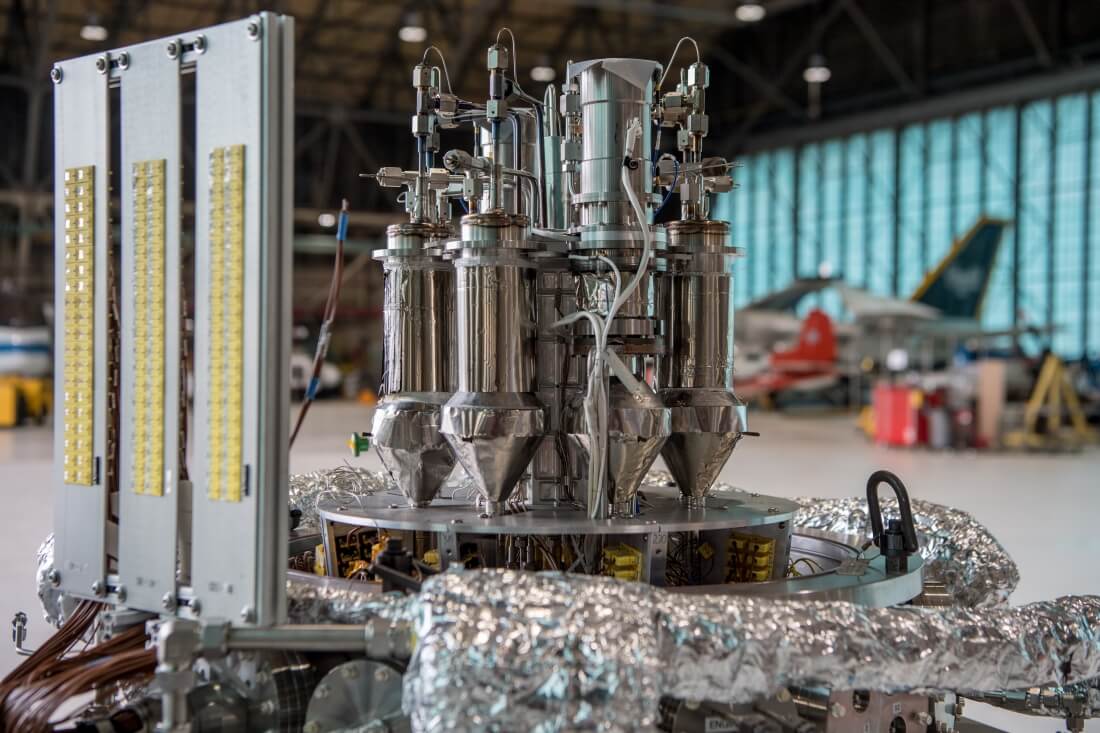
Setting up a colony on Mars will undoubtedly go down as one of humanity’s greatest achievements. Realizing that goal, however, presents a unique set of challenges.
Getting humans to our nearby celestial neighbor will be a tough task in its own right but once they get there, how will astronauts sustain life and possibly get back home? It’s a question experts have been working to answer for years and on Wednesday, we got one step closer to a viable solution.
NASA and the Department of Energy’s National Nuclear Security Administration (NNSA) have successfully demonstrated a miniature nuclear reactor power system that could one day be used in long-duration missions to the Moon, Mars and beyond.
Dubbed Kilopower, the small, lightweight fission system is able to provide up to 10 kilowatts of electrical power continuously for a minimum of 10 years. Pair a few units together and you’ve suddenly got enough power to establish an outpost, NASA says.
The prototype uses a solid, cast uranium-235 reactor core which is roughly the size of a paper towel roll. Reactor heat is transferred via passive sodium heat pipes to high-efficiency Stirling engines which convert the heat to electricity.
David Poston, the chief reactor designer at NNSA’s Los Alamos National Laboratory, said they threw everything they could at the reactor during testing and it passed with flying colors.
NASA said the project will remain a part of the Space Technology Mission Directorate’s Game Changing Development program with the goal of transitioning to the Technology Demonstration Mission program in fiscal year 2020.